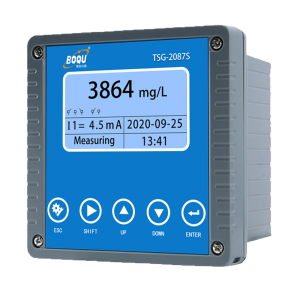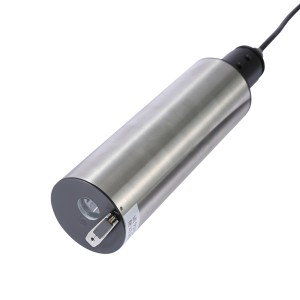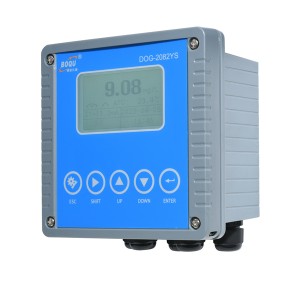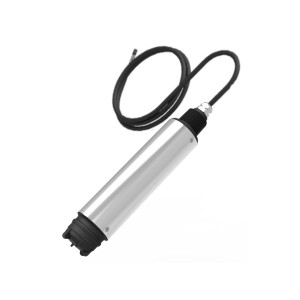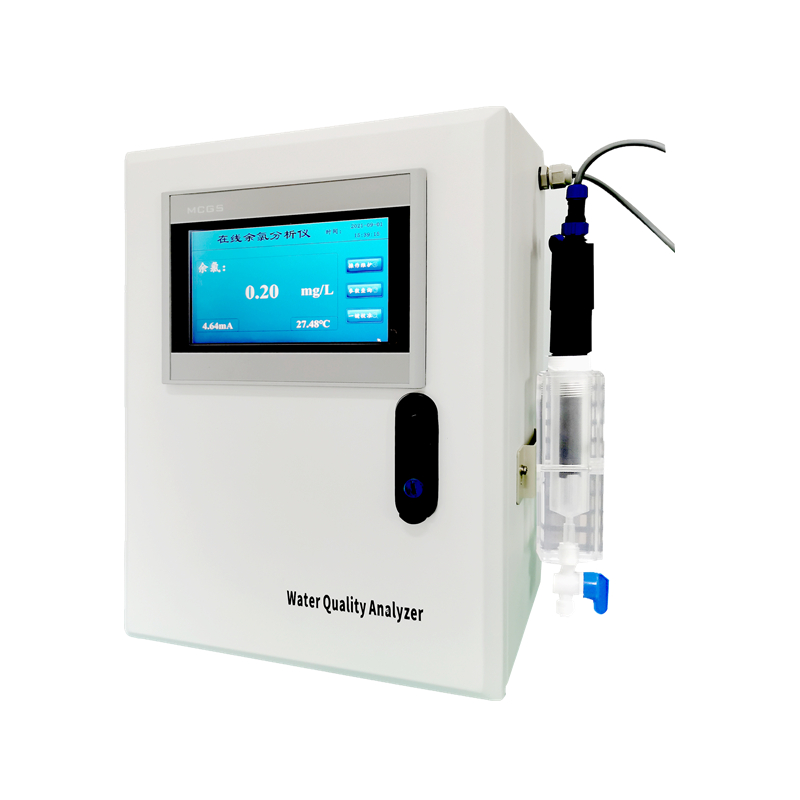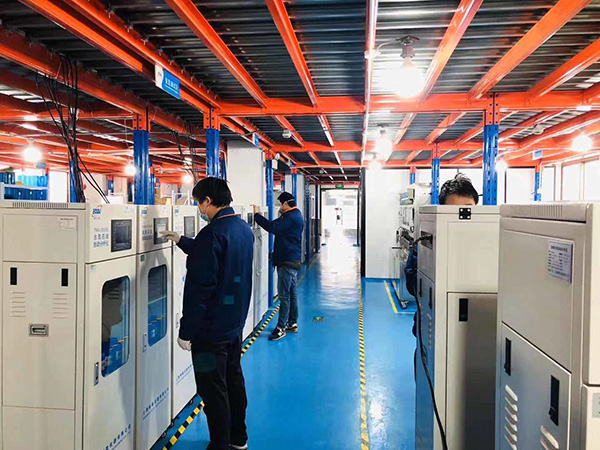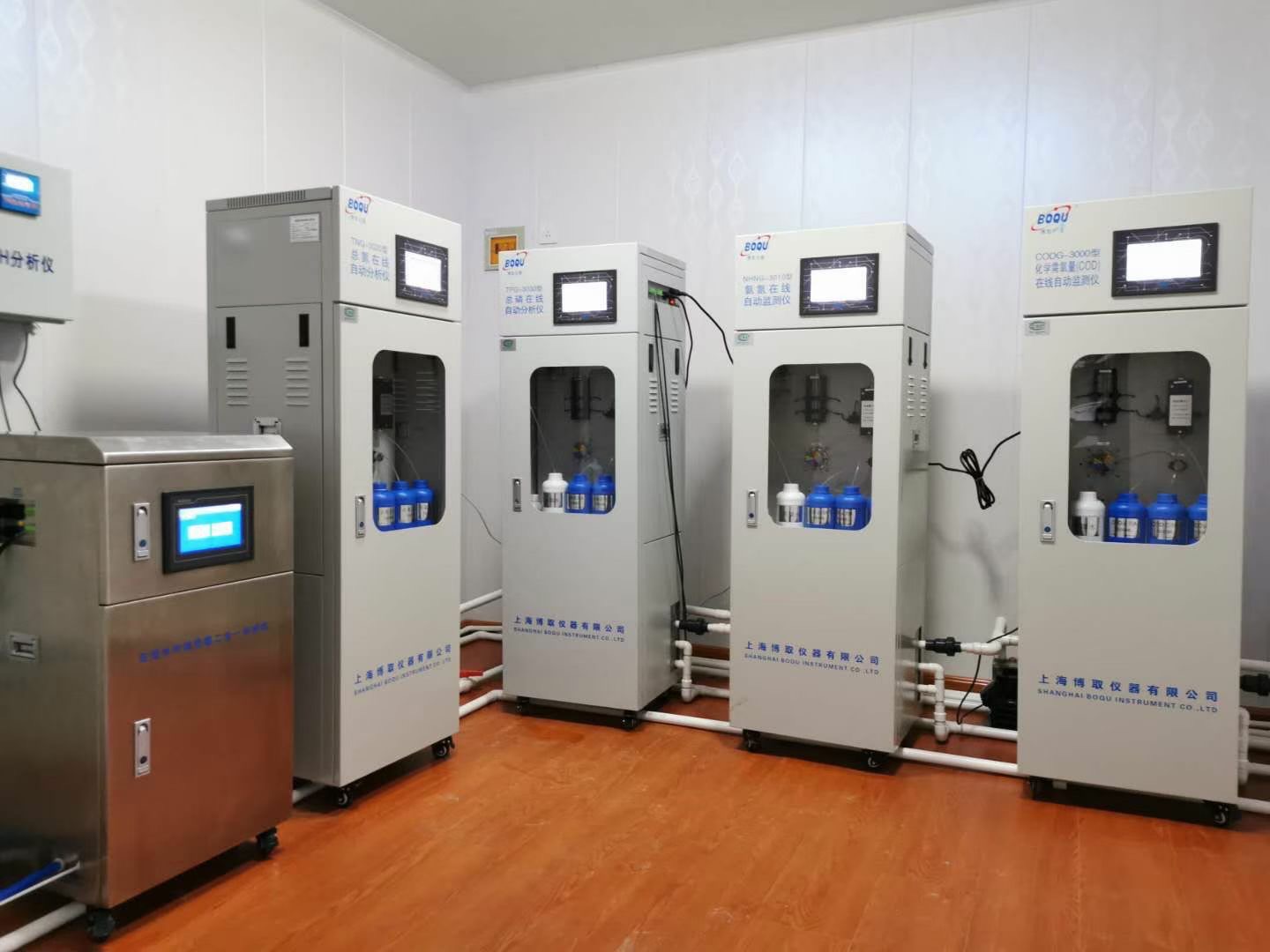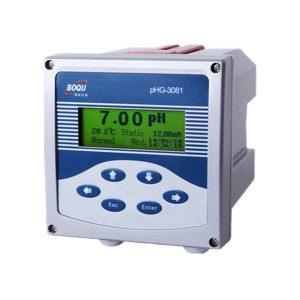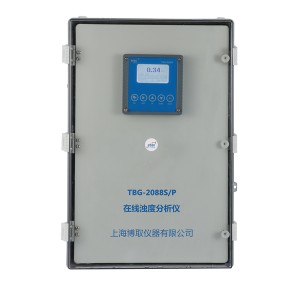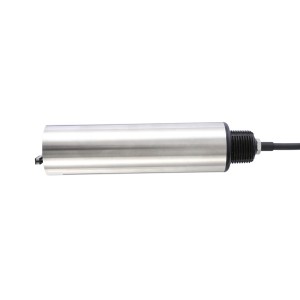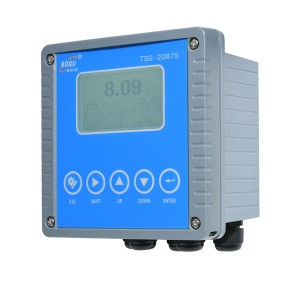1. Confused technical terminology
Technical terminology is the basic content of technical work. Standardization of technical terms undoubtedly plays a very important guiding role in the
development and application of technology, but unfortunately, we seem to be there are some problems in the terminology, MBBR and 1FAS are not clear,
anyway, the fillers are called MBBR. "Improved A20", "Packed A20", "Inverted A20" are unique, in fact A20, It is A20, and JHB is JHB; there is no
difference between cracking, gasification and carbonization, all of which are called sludge carbonization.
2. MBR prevails
MBR It can be seen in countries all over the world, but the construction of bee land like China is so MBR rare. The effluent quality requirements are high,
recycling is required, and the floor space is limited, MBR is indeed competitive. However, it is questionable whether blindly adopting MBR can achieve
sustainable development if it is only to achieve level A and level B.
3. Underground sewage plants become fashionable
Once upon a time, underground sewage treatment plants sprang up in China. For a time, underground sewage treatment plants were built all over the banks
of the Yellow River. As we all know, this underground sewage treatment plant is only a product under special conditions, not universal, only a few. Not to
mention the high cost of investment and operation, the key to underground sewage treatment plants is the high technical risk, which is very rare in European
and American countries. Even in a country as narrow as Japan, it is an isolated case. It is incredible that underground sewage treatment plants have become
synonymous with eco-fashion in China. If underground sewage treatment plants are understood as eco-friendly, then traditional sewage treatment plant
deodorization seems to have a long way to go
4. Plate and frame dehydration prevails
Sludge There is little focus on sustainable dewatering of sludge. Conversely, plate and frame dehydration, which consumes a lot of chemicals, is popular.
High dry sludge dewatering seems to be considered a good solution to sludge disposal problems.
5. Very little anaerobic digestion of sludge
As we all know, only a few dozen of the 4,000 sewage treatment plants have oxygen digestion, and few of them can operate normally. Of course,
when it comes to this matter, some people will always say that China's sludge organic ratio is low, the operation is complicated, and the investment
is high, but they always ignore how the sludge should be harmless. Anaerobic digestion is an important way to achieve the stabilization of organic
matter and an important way to kill pathogens in sludge.
6. Chlorine dioxide disinfection is regarded as a magic weapon
Once upon a time, CO2 has become the standard configuration for disinfection of sewage treatment plants, but the mainstream method of disinfection in
sewage treatment plants around the world is still liquid gas or sodium hypogas. The popularity of CO2 disinfection technology is puzzling.
7. High-density sedimentation tank flooding
In order to meet the adjusted level A standard, the traditional secondary sedimentation tank is not taken seriously, and a high-density sedimentation tank is simply
and rudely added at the back. It looks good with some makeup on the face.
8. Misuse of Denitrification Filters
The upgrading of sewage treatment is a common problem all over the world, but in many places, on the basis of sufficient redundancy in the space of the aeration
tank, adding a denitrification filter after the secondary sedimentation tank simply solves the problem of the general leader, which is incredible.
9. Online monitoring has become a standard configuration
Influent and effluent COD and ammonia monitoring have become the standard configuration of various sewage treatment plants. If these online instruments are
used for process monitoring, monitoring the process in real time must make good sense, but it is worth thinking about if it is just monitoring the incoming and outgoing water
10. Odorous hydrogen abuse
If you need to remove some odor, color, or some new contaminants from the water at the same time as disinfection, the ozone process may be more suitable. If not for reuse, simply pursue post-sewage treatment
Post time: Oct-31-2022

